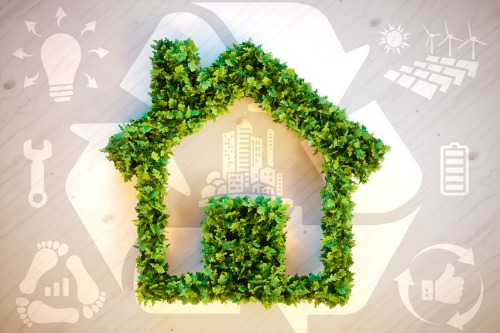Certifications up 19% as many builders shift to green majority

The drive for greener buildings has resulted in a record high for homes with green certifications.
A new report from the US Green Building Council (USBGC), creators of the LEED green building rating system, shows a 19% in green home certification since 2017.
There are nearly 500,000 single-family, multifamily and affordable housing LEED-certified units globally and more than 400,000 units located in the US.
California is leading the way with the largest number of LEED-certified residential units in the US (39,296), while Texas, New York, Washington, Colorado, New Jersey, Ohio, Oregon, Maryland and Georgia complete the top 10 states for LEED-certificated homes.
With figures showing that 33% single-family builders and 36% of those in the multifamily space are doing 60% green buildings, USBGC is confident that the green homes sector will continue to grow.
“One of the most important investments a person will make is in their home, and the quality of these spaces can have a direct impact on an individual’s health and well-being,” said Mahesh Ramanujam, president and CEO, USGBC. “As an industry, we want to find ways to raise everyone’s living standard, so we need to prioritize the construction and remodeling of homes so that they are not only environmentally friendly, but they also have the power to improve the quality of life for all human beings.”
Lower energy usage
On average, LEED-certified homes use 20-30% less energy than a traditional home, with some homeowners reporting up to 60 percent savings.
“It can be difficult to see why prioritizing a green home is important, but the environmental and personal health outcomes are very real,” added Ramanujam. “Our own research tells us people understand reducing waste, conserving energy and water, and limiting our carbon footprint are important, but it can feel too daunting. By building and buying green homes we make those actions easier to do, while also creating a healthier, more sustainable environment for ourselves and future generations.”



